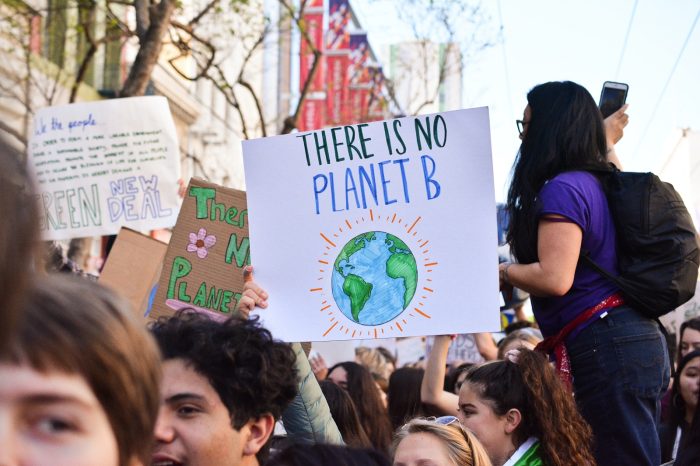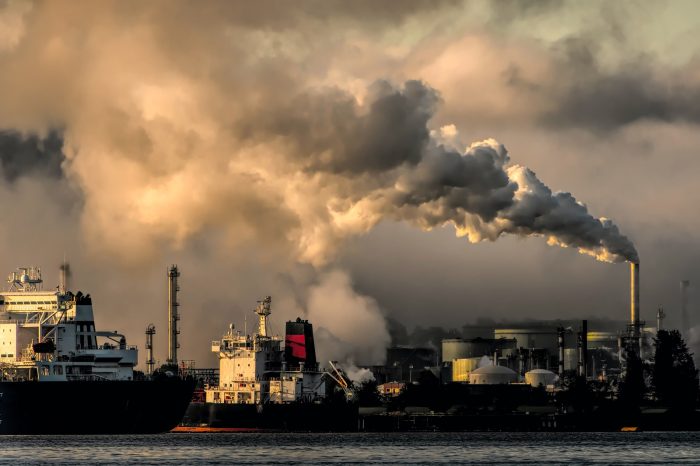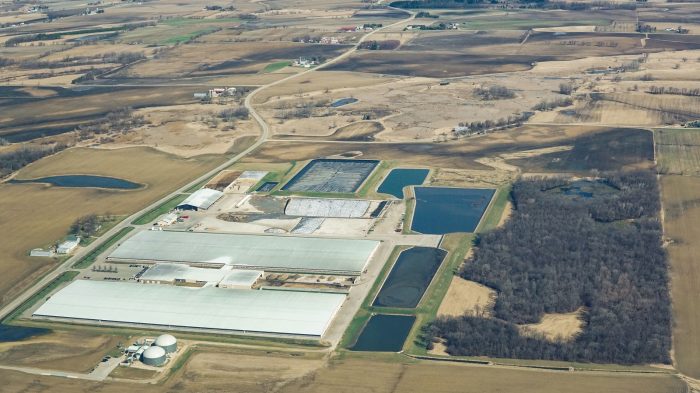What is Climate Change?

Nikwax has championed environmental action since the brand’s inception in 1977. Our founder, Nick Brown, committed from day one to the production of high performance, low impact waterproofing products – decades before the terms ‘global warming’ and ‘carbon footprint’ became part of the public discussion. 46 years on, Nikwax is globally respected for its environmentally friendly products and sustainable practices, and we’re excited to share with you our climate achievements and goals in forthcoming newsletters and blogs.
To kick things off, we’re going back to basics and talking about what climate change actually is. Put simply, it refers to large-scale, long-term shifts in our planet’s weather patterns and temperatures. The world is warming faster now than at any point in recorded history and we are all feeling its effects – hotter summers, warmer winters, wildfires, flooding, and droughts can all be attributed to climate change. Unsurprisingly, human activities are its main drivers, and companies and individuals must act immediately to help make a difference by reducing their carbon emissions.
Climate change vernacular peppers the media and our conversations, but what does it all mean? There are several key terms everyone should be aware of to understand the basic science and political sphere of global warming:
GHGs: Greenhouse Gases are gases in Earth’s atmosphere that trap heat, slowly increasing the temperature over time. They let sunlight pass through the atmosphere, yet prevent the sun’s heat from leaving it. Common greenhouse gases are water vapour, carbon dioxide, methane, ozone, nitrous oxide and chlorofluorocarbons (man-made chemicals). GHGs themselves are not inherently bad; without them in the atmosphere Earth would be extremely cold, however due to human activity the levels of GHGs in the atmosphere have increased to an unsustainable amount.
Emissions: Greenhouse gases, such as those listed above, released into the air that are produced by activities including the burning of fossil fuels, industrial agriculture and melting permafrost. Categorising emissions into scopes is a key part of corporate carbon management and reporting:
- GHG Scope 1 Emissions: direct emissions from company-owned and controlled resources.
- GHG Scope 2 Emissions: indirect emissions released into the atmosphere from the consumption of purchased electricity, steam, heat and cooling.
- GHG Scope 3 Emissions: other indirect emissions linked to a company’s operations such as business travel, employee commuting, waste generated, purchased goods and services, transportation and distribution.
Carbon Dioxide: The primary greenhouse gas and driver of climate change. Human activities are severely impacting the carbon cycle by burning fossil fuels and pumping more carbon dioxide into the atmosphere, and by reducing the ability of natural sinks such as the ocean, soil and forests, to remove carbon dioxide from the atmosphere.
Methane: Though produced in smaller amounts, the warming potential of methane is significantly higher than that of CO2 (up to 34 x). Fossil fuels (in particular, natural gas) are the main contributors of methane followed by agriculture. This is important because many fossil fuel companies will market natural gas as a more sustainable fuel as it emits less CO2, but fail to mention the impact of methane.
 © Chris LeBoutillier, Unsplash
© Chris LeBoutillier, Unsplash
Fossil Fuels: Sources of non-renewable energy formed from the remains of living organisms buried millions of years ago. Burning fossil fuels such as gas, coal and oil to produce energy is where most greenhouse gases originate – as the demand for energy has grown, we’ve burned more fossil fuels. Fossil fuels are also used to make many materials and products, including plastic.
Greenwashing: When a company makes an environmental claim about something they are doing that is intended to promote a sense of environmental impact, but which doesn’t really exist. The green claim is typically about some form of positive effect on the environment, and industry giants Shell, Respol, and Petronas have recently had adverts banned by the Advertising Standards Authority for their misleading messaging, which promoted “green” offers and plans such as renewable energy and net zero goals without any mention of their larger polluting operations.
Renewable Energy: This derives from Earth’s naturally replenished resources, including sunlight, wind, waves and geothermal heat. Switching from fossil fuels to renewables to power our lives will put us on the path to a safe, sustainable planet for future generations.
Of course, climate change lexicon extends well beyond the above but, familiarising yourself with these basic terms is a good starting point for understanding what our planet is facing and how things need to change.
 © American Public Power Association, Unsplash
© American Public Power Association, Unsplash
In over four decades of business, Nikwax has worked hard to reduce its environmental impact and has promoted a culture of transparency and public scrutiny in the global warming arena. We also believe consumers should have a healthy scepticism when it comes to companies’ environmental claims (see greenwashing example above), which is why we share our performance data online.
Our commitment to the health of our planet is firmer than ever and you can now look forward to monthly updates on our conservation, sustainability, campaigning and education plans and achievements.
Header image: © Li-An Lim, Unsplash

 ©Amelia Bates, Unsplash
©Amelia Bates, Unsplash
Leave a Reply